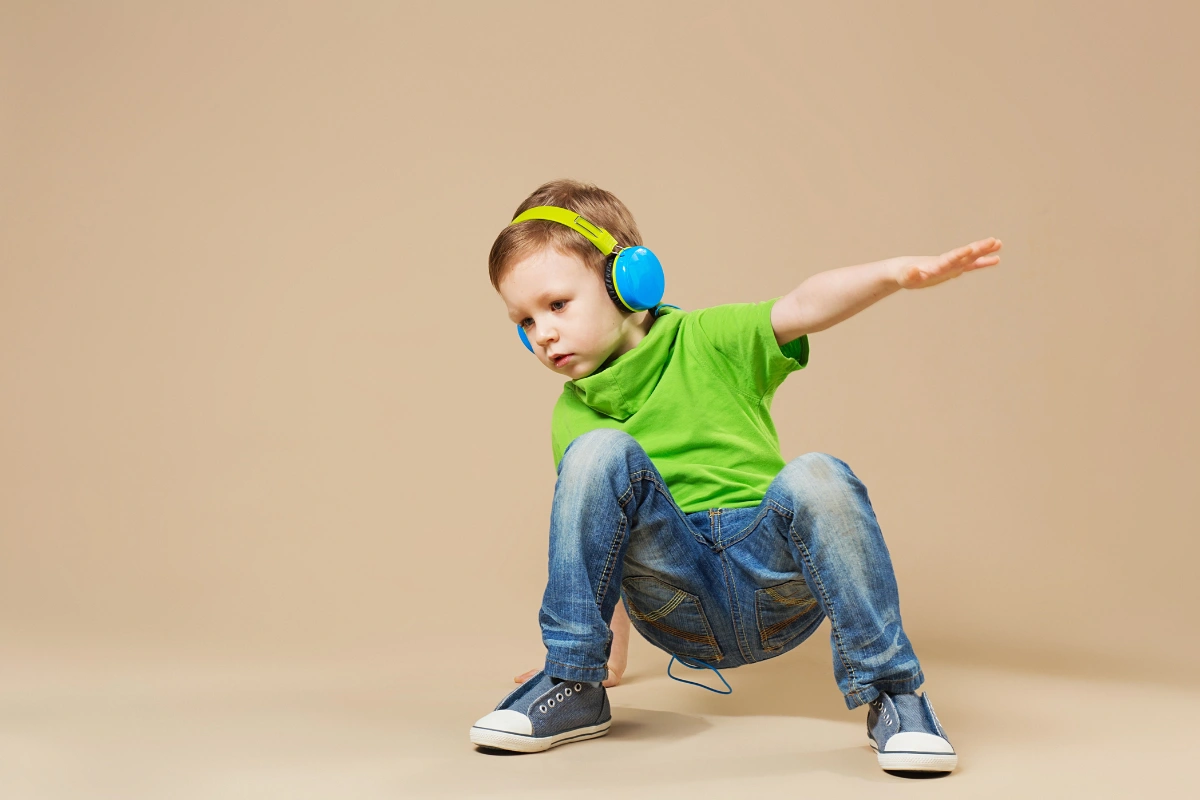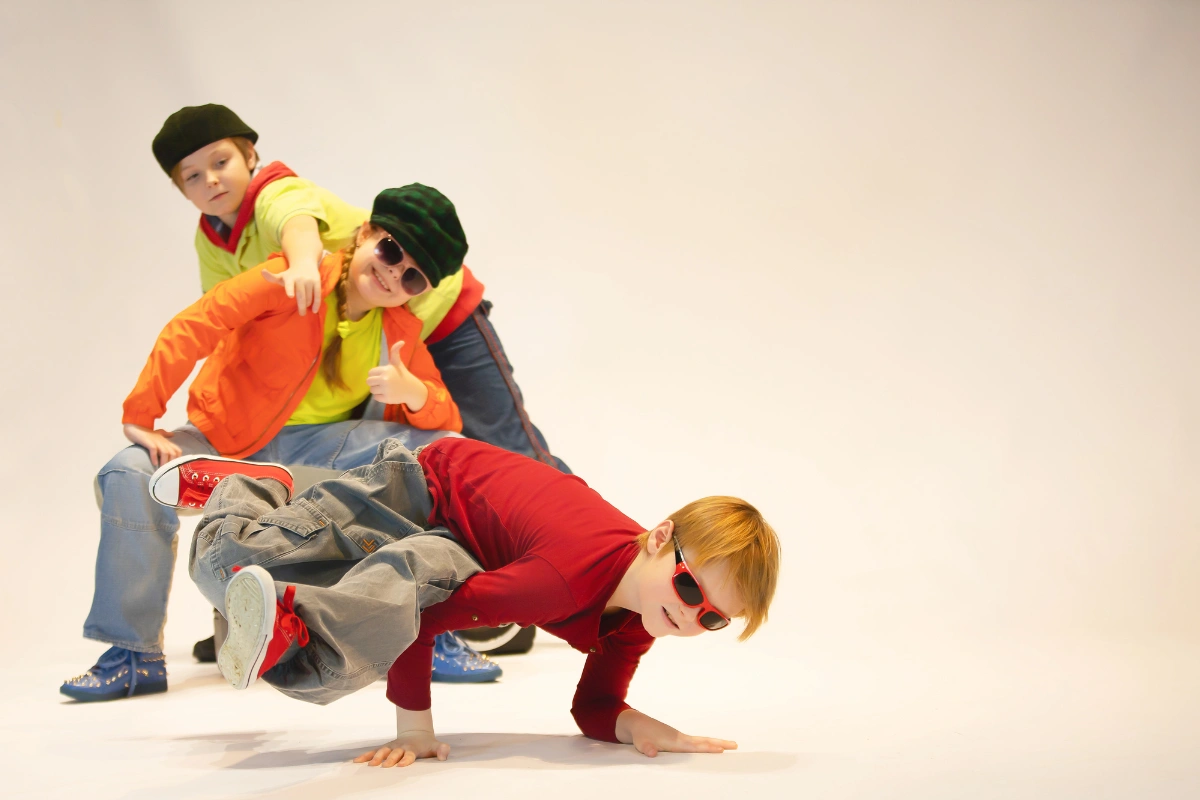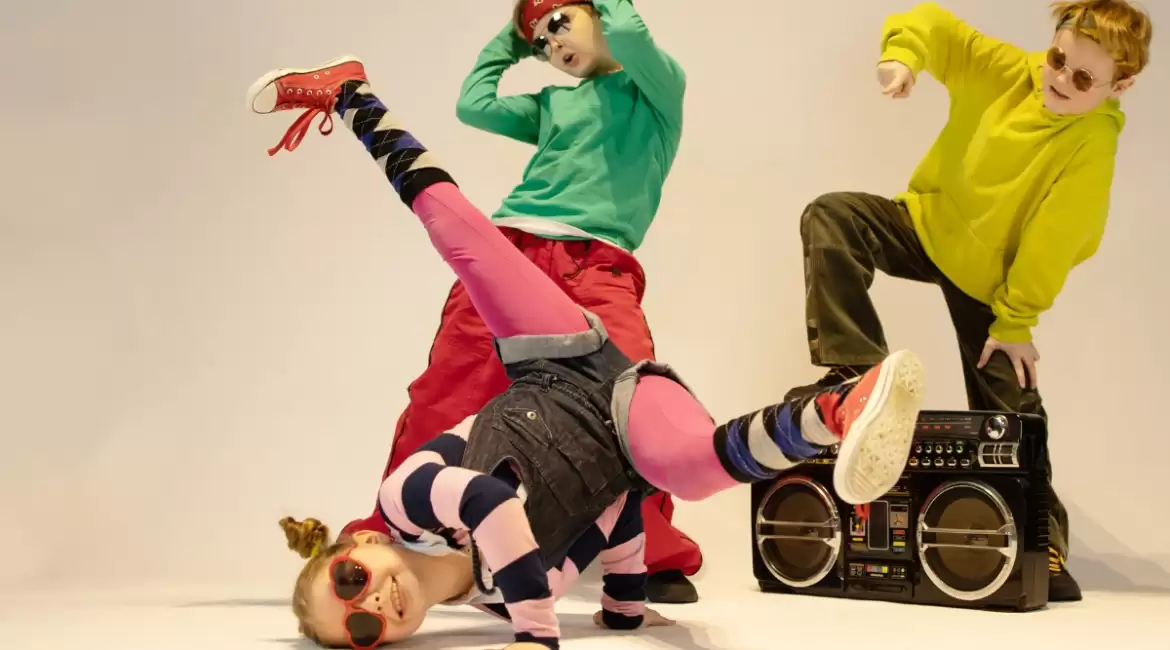In today’s fast-paced world, where children are bombarded with screens and sedentary pastimes, finding activities that not only engage their bodies but also nurture their minds and spirits is paramount. In this quest for wholesome and enriching pursuits, breakdancing emerges as a shining beacon, offering a myriad of benefits that extend far beyond the dance floor. With its vibrant energy, boundless creativity, and inclusive ethos, breakdance has established itself as a transformative activity for children of all ages.
In this exploration, we delve into the myriad reasons why breakdance is such a great activity for kids. From its physical benefits that promote strength, flexibility, and coordination, to its emphasis on creativity, self-expression, and teamwork, breakdancing offers a holistic approach to child development. Moreover, breakdancing provides children with a sense of belonging and community, fostering friendships and connections that transcend cultural and social boundaries.
Join us on a journey into the world of breakdance, where rhythm meets expression, and creativity knows no bounds. Discover why breakdancing is not just a dance style but a transformative experience that empowers children to embrace their uniqueness, celebrate diversity, and navigate life’s challenges with confidence and grace.
What is breakdance? Breakdance, often referred to simply as breaking, is a form of street dance that originated in the Bronx borough of New York City in the 1970s. It is characterized by its energetic movements, acrobatics, and improvisation. Breakdancing is typically performed to hip-hop music and involves a combination of athletic moves such as spins, flips, freezes, and intricate footwork.
Breakdancing is deeply rooted in urban culture and has evolved over the years to incorporate elements of martial arts, gymnastics, and other dance styles. It has gained widespread popularity worldwide and has become a prominent feature in various entertainment forms, including music videos, movies, and competitive dance events.
In addition to its dynamic physical aspects, breakdancing also carries cultural significance, serving as a form of self-expression and a means of social connection within communities. It promotes creativity, individuality, and resilience, making it not just a dance style but a lifestyle embraced by many enthusiasts around the globe.
Don’t Just Sit There
Children possess an innate primal drive to explore and understand their surroundings, propelling them into a whirlwind of activity encompassing touching, jumping, running, and spinning as they navigate through childhood. Encouraging and channeling these natural impulses can yield a plethora of benefits for youngsters. Breakdancing, in particular, serves as a powerful avenue for harnessing their boundless energy and fostering spontaneous joy.
Beyond merely being a form of physical activity, breakdancing demands significant levels of strength and endurance, engaging the entire body in a symphony of organized and creative movements. Participating in breakdancing classes offers children a multifaceted experience, allowing them to expend their energy in a dynamic and captivating setting. Moreover, it cultivates physical resilience, empowering them to undertake systematic, sustainable, and safe movement patterns.

Inspiring Confidence
In today’s society, children are bombarded with a multitude of social messages dictating who they should aspire to be, how they should present themselves, and what societal norms they should adhere to. Amidst this cacophony of expectations, breakdancing emerges as a beacon of empowerment, offering a sanctuary for self-discovery and individuality.
Breakdancing, with its emphasis on freedom of expression and creativity, serves as a catalyst for nurturing a robust sense of self among children. Unlike other structured activities, there is no rigid formula or predefined set of movements deemed as the ‘correct’ way to perform. Instead, breakdancing celebrates the uniqueness of each child, inviting them to explore and experiment with their own style. Through mastering the fundamentals and branching out in myriad directions, children embark on a journey of self-discovery, gradually honing their self-expression and bolstering their confidence along the way.
Furthermore, breakdancing serves as a platform for fostering camaraderie and teamwork among young dancers. As children engage in battles and collaborative performances, they come to recognize the value of their individual contributions to the collective success of the team. This collaborative ethos not only cultivates healthy competition but also instills crucial life skills such as cooperation, communication, and mutual respect.

Be Well
In the journey of youth development, fostering a robust sense of emotional well-being stands as paramount. Central to this endeavor is the cultivation of an empowered sense of self, one that not only embraces individuality but also celebrates the rich tapestry of diversity that defines our world. Within the realm of breakdancing, this ethos of inclusivity reigns supreme, shaping a nurturing environment where every dancer is encouraged to explore, take risks, and appreciate the uniqueness of others.
Breakdancing serves as a crucible for the cultivation of emotional resilience and self-trust among children. Through the process of breaking, youngsters are afforded the opportunity to venture into uncharted territory, make mistakes, and learn from them. This journey of self-discovery instills in them a profound sense of confidence and self-assurance, empowering them to navigate life’s challenges with resilience and grace.
Moreover, breakdancing serves as a gateway to understanding and embracing the value of inclusion. Embedded within the culture of breaking is a profound respect for diversity, where individuals from all walks of life come together to share their passion for movement and expression. As children immerse themselves in this vibrant community, they learn firsthand the importance of acceptance and mutual respect, fostering a culture of inclusivity that transcends boundaries.

How should children start breakdancing?
Children can start breakdancing by following these steps:
- Find a Qualified Instructor: Look for a reputable dance studio or community center that offers breakdancing classes specifically tailored for children. It’s essential to find an instructor who has experience teaching children and is knowledgeable about breakdancing techniques and safety precautions.
- Warm-up and Stretching: Before diving into breakdancing movements, ensure that children warm up their muscles and joints properly to prevent injuries. Basic stretching exercises and warm-up routines are crucial to prepare their bodies for the physical demands of breakdancing.
- Learn the Basics: Beginners should start by learning the fundamental moves of breakdancing, such as the six-step, top rock, footwork, and freezes. These basic steps serve as building blocks for more advanced moves and routines. Children can practice these moves individually and gradually combine them into sequences.
- Focus on Technique: Emphasize proper technique and form from the beginning. Breakdancing involves a combination of strength, balance, and coordination, so it’s essential to teach children how to execute movements safely and effectively. Encourage them to pay attention to details such as body positioning, timing, and rhythm.
- Encourage Creativity: Breakdancing is not just about mastering specific moves but also about self-expression and creativity. Encourage children to experiment with different variations of moves and develop their unique style. Provide opportunities for them to freestyle and improvise, allowing them to express themselves through movement.
- Practice Consistently: Like any other skill, breakdancing requires consistent practice to improve. Encourage children to practice regularly, both in class and at home. Set achievable goals and celebrate their progress along the way to keep them motivated and engaged.
- Stay Safe: Safety should always be a top priority when practicing breakdancing. Ensure that children have a safe environment to practice in, with proper flooring and adequate supervision. Teach them to listen to their bodies and take breaks when needed to prevent overexertion or injuries.
- Participate in Events and Competitions: As children gain confidence and skill in breakdancing, encourage them to participate in local events, showcases, and competitions. These opportunities not only provide valuable performance experience but also allow children to connect with the broader breakdancing community and gain inspiration from other dancers.
Overall, starting breakdancing as a child should be a fun and enriching experience. By providing proper instruction, guidance, and encouragement, children can develop their skills, confidence, and passion for breakdancing in a safe and supportive environment.
Summary
In this exploration, we highlight the reasons why breakdance is such a great activity for kids. Breakdancing not only promotes physical fitness by enhancing strength, flexibility, and coordination but also fosters creativity, self-expression, and teamwork. Additionally, breakdancing provides children with a sense of community and belonging, enabling them to forge friendships and connections across cultural and social boundaries.
By embracing the vibrant energy and inclusive ethos of breakdancing, children can embark on a journey of self-discovery and growth. Through rhythm, expression, and collaboration, breakdancing empowers children to celebrate their uniqueness, embrace diversity, and navigate life’s challenges with confidence and grace.


Leave a reply